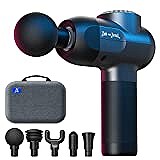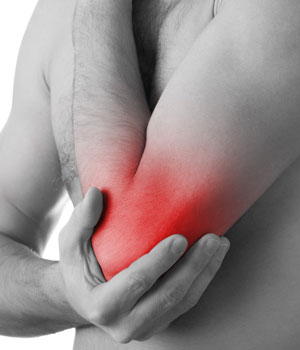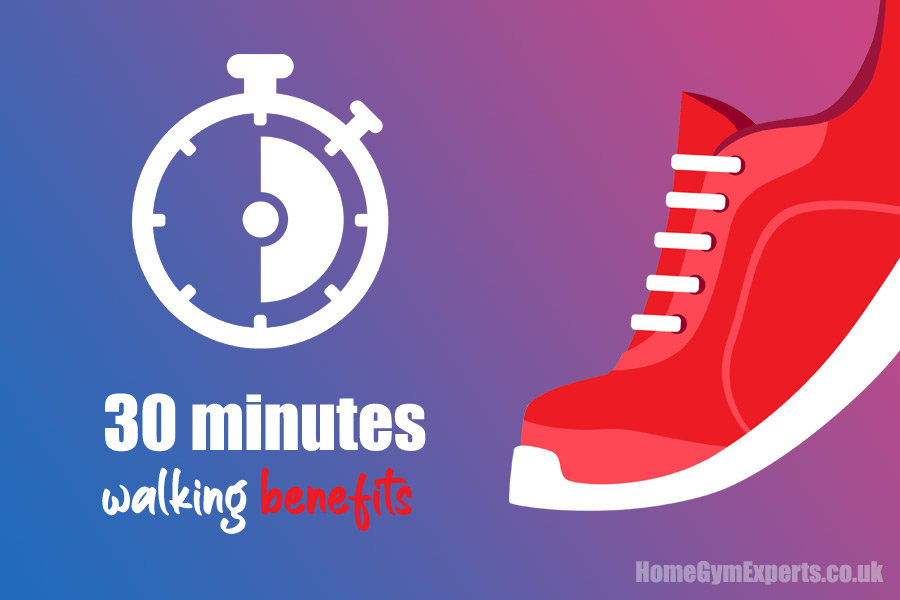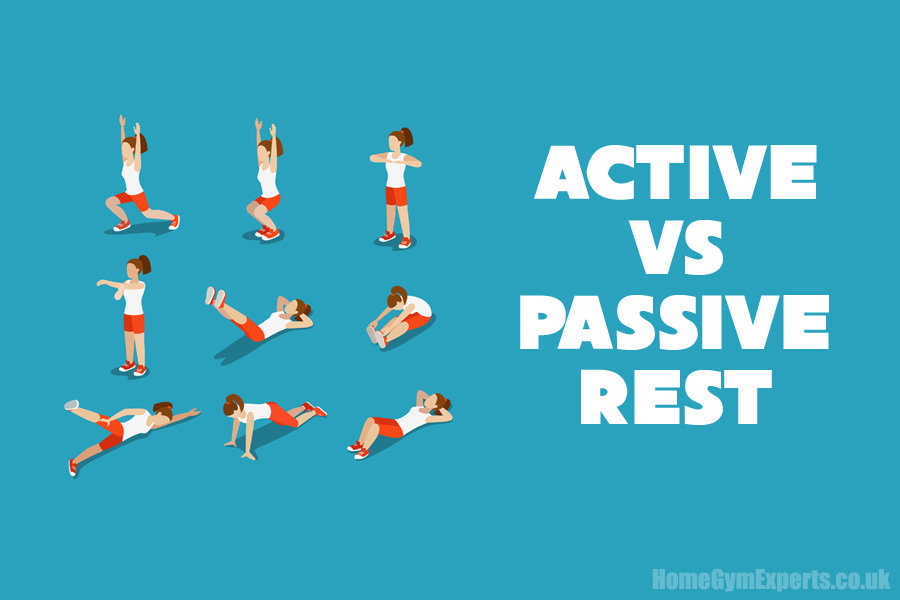
Sore muscles are often seen as a good thing because they indicate that the body has undergone some damage and, as we know, this kind of stress is what induces muscle growth.
In this post, we are going to discuss why muscles get achy, whether this is a good sign or not and how to deal with the discomfort.
Quick Answer: Is it normal that my muscles are still sore after 4 days?
Yes, there’s nothing wrong with having aching muscles four days after working out. It’s a sign that you have done a lot of lifting and your muscles are responding. Soreness after a workout can actually be a good thing, even if it lasts for several days. There are also steps you can take to make the days following lifting weights are less painful, or even prevent muscle soreness altogether.
Why are muscles sore the days following a workout?
As we have just mentioned, sore muscles can be a result of a good training session and it is normal to feel achy for a few days while your body heals.
Lifting weights puts stress on the muscles, causing microtears in the fibres which the body then repairs, leading to muscle growth. Sore muscles are a side-effect of this, but as they say no pain, no gain. It is all part of the process and nothing to be concerned about.
Muscle Massage & Recovery Deals For Saturday 19th Jul 2025
Prices last updated: Monday 20th Mar 2023 - 02:01

Massage Gun, RENPHO Massage Gun Deep Tissue Powerful up to 3200rpm Handheld Percussion Muscle Massager with 2500mAh Battery and Type-C Charging for Muscle Pain Relief Recovery, Black

Massage Gun, Handheld Electric Deep Tissue Body Muscle Massager, Cordless, High Intensity Vibration Massage Device with 6 Speed
The good news is that it gets easier over time. Everyone remembers those first few weeks that they started training and the high level of muscle pain that made walking upstairs feel like climbing Mount Everest, but this effect is short-lived as the body quickly acclimatizes.
While a significantly more difficult training session might result in a similar level of muscle pain, incrementally increasing your weights should not trigger this same degree of pain.
Related Guides:
- Are Massage Guns Any Good & Do They Work?
- Free weights: How much weight should I be lifting?
- Are Concrete Dumbbells Safe?
- Recovapro Massage Gun SE Review
- How Many Rest Days for Muscle Growth Do You Need?
What is normal pain from working out?
Should I still be aching two, three or four days later?
 It is difficult to say that a certain level of pain is normal or abnormal because everyone’s body is different.
It is difficult to say that a certain level of pain is normal or abnormal because everyone’s body is different.
Anything from mild to severe pain is common. The pain can also be either sharp or dull.
The determinative factor is often the part of the body that is affected.
The more you use it during everyday life, the more pressure that will be applied to the muscle, resulting in noticeable twinges.
Is it better to have a constant mild and dull pain or a sharp and shooting one that only comes on when you make a specific movement? There is no medical answer and you should not be worried either way.
Muscle pain after workout good or bad?
Sore muscles can be a good sign, in that they usually indicate that the body has gone through a tough workout. However, you do not need to feel sore to gain muscle and not all muscle pain will lead to gain.
When will pain not lead to gain? Well, it depends on what you were doing to get sore in the first place. Was your form good? If not, you might be injuring yourself.
Were you well hydrated? Dehydration can slow the healing process. Are you overtraining?
Overtraining causes pain because you are not allowing your body to repair itself, this type of stress does not lead to better gains than if you were to space out your training sessions. It is a more unpleasant way to reach the same end – if you even make it.
How to relieve sore muscles after a workout
Hammered the weights last night? Whether you are a gym newcomer or an experienced trainer pushing your limits, here’s some tips to help redice muscle pain after a workout in your home gym.
- R&R – rest and recovery are key! Overtraining will inhibit muscle repair, so it is a good idea to take a few rest days to allow your body to heal before challenging it again. During this time, focus on your recovery through adequate nutrition and performing stretches every morning and evening.
- …&R – the third R stands for rehydration. Your body requires more water to perform the healing process. You should be aiming for at least an additional liter when recovering from a tough session.
- Avoid alcohol – because alcohol is a (lovely, lovely) toxin. When we ingest it, our bodies drop everything else to focus on processing it. This puts muscle repair on hold. Moreover, even small amounts of alcohol dehydrate the body, so this means that we need to drink even more water.
- Hot and cold – a hot bath or some time in a steam room will help the muscles to relax. It is a good idea to stretch immediately afterward as your muscles will be loosened. You might also find that applying ice packs to the injured area helps.
- Massage – a good massage helps improve circulation, allows your body to transport nutrients to where they are needed and manually loosens out the muscle. Vibration massage guns can be a great way of targeting specific areas without the cost of visiting a masseuse.
- Painkillers – if the pain is persistent and is getting in the way of you living your life, pop a few ibuprofens. Some people do not like to take medicine for pain caused by working out, but there really is no good basis for this. It will not harm your recovery and, as long as you do not take them for extended periods of time, they are safe for the body.
How to avoid muscle soreness from lifting weights
Can you really get the gain without the pain?
lowering the weight and building gradually is a very common way to avoid sore muscles from training
If you’re sick of having DOMS four days following training, you might be wondering if there’s anything you can do to avoid getting those sore muscles to begin with. One thing to consider is to think about how much weight you’re lifting.
A simple and easy trick to reducing how much your muscles hurt the days after a workout is to simply reduce the weights in your program. Yes, you need to continually lift heavier weights to increase size and strength, but lowering the weight and building gradually is a very common way to avoid sore muscles from training.
Reference and Further Reading:
- NCBI – Muscle tenderness from exercise: mechanisms?
- Journal Of Athletic Training – Effects of Massage on Delayed-Onset Muscle Soreness, Swelling and Recovery of Muscle Function
- University of Delaware – DOMS: Why do your muscles hurt days after exercise?
- Harvard – The importance of stretching
- Harvard – Muscle Strain










